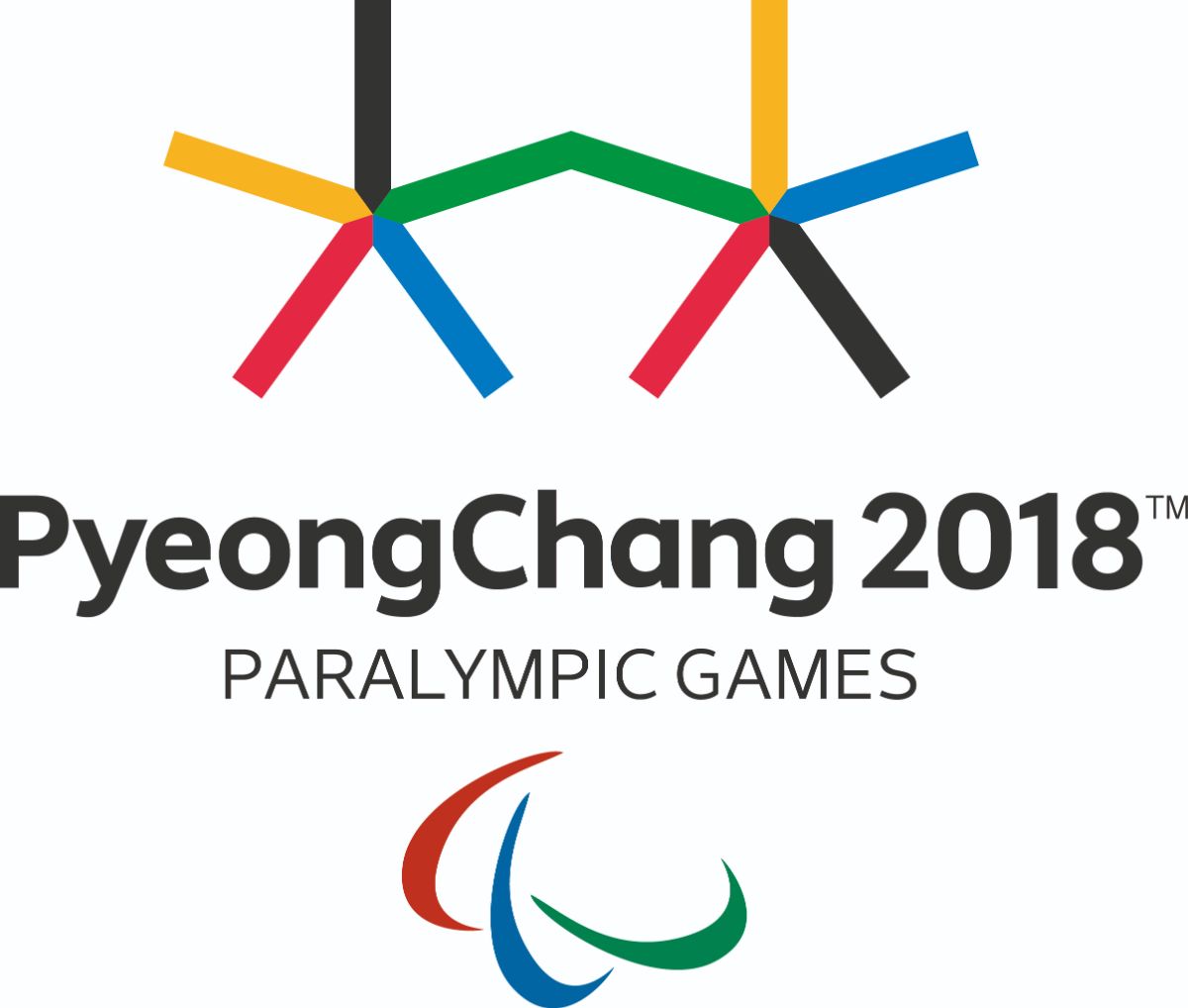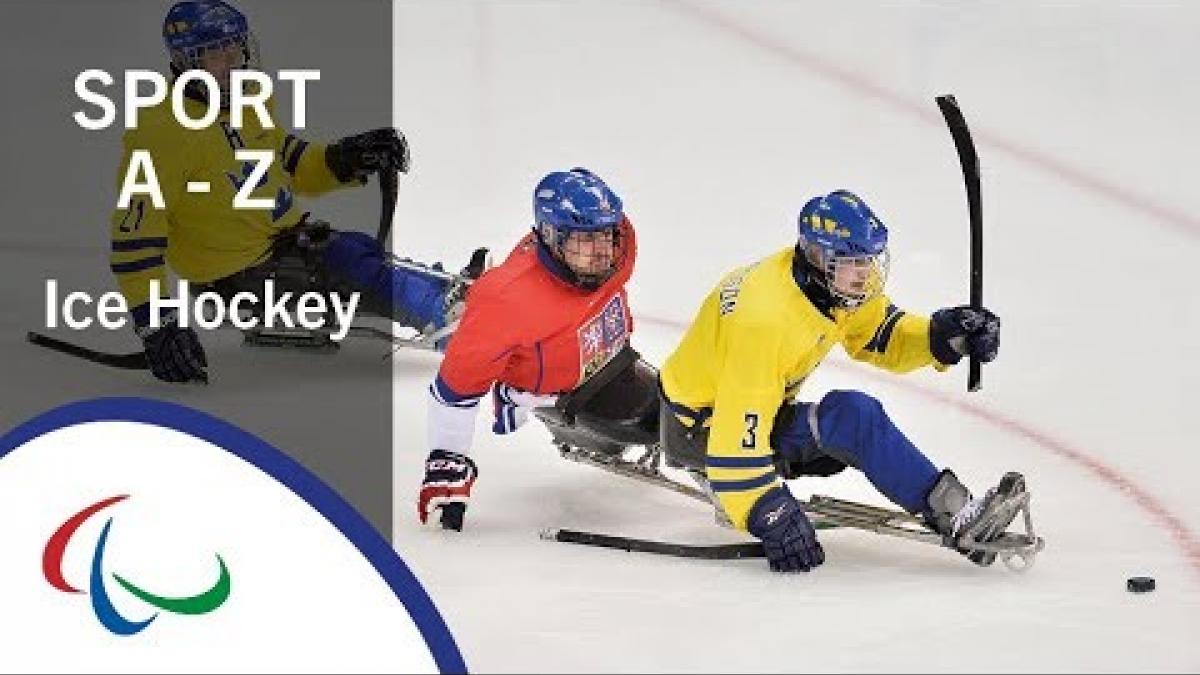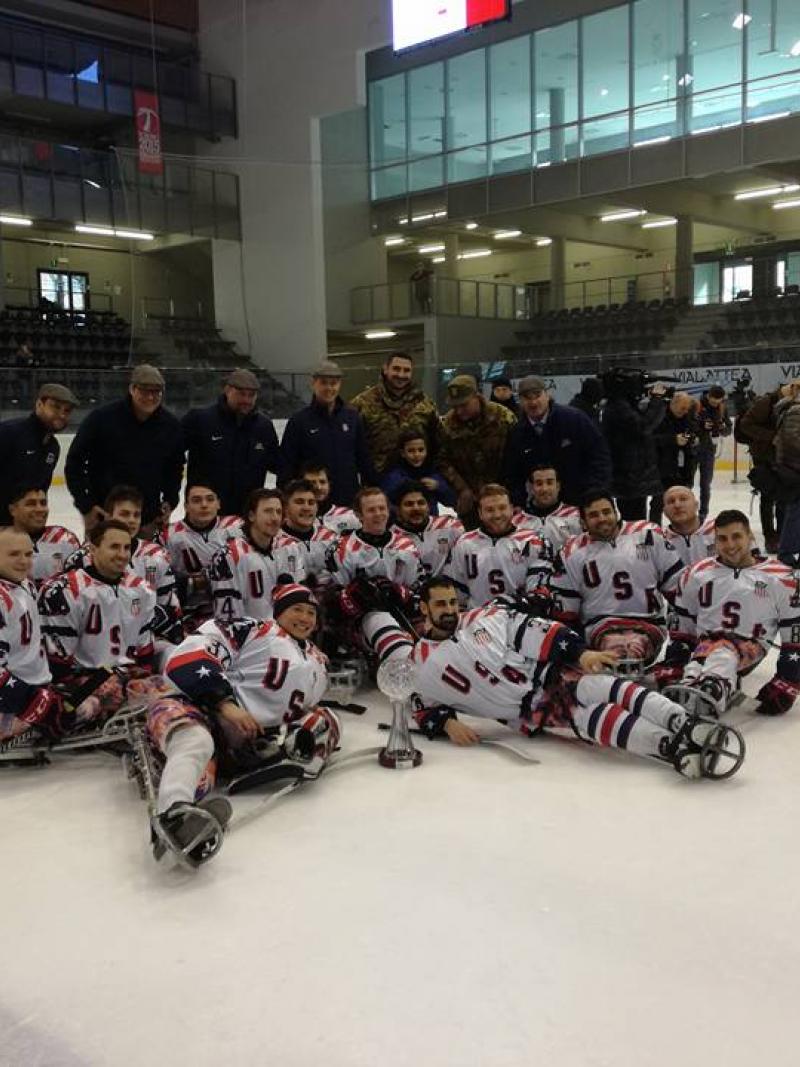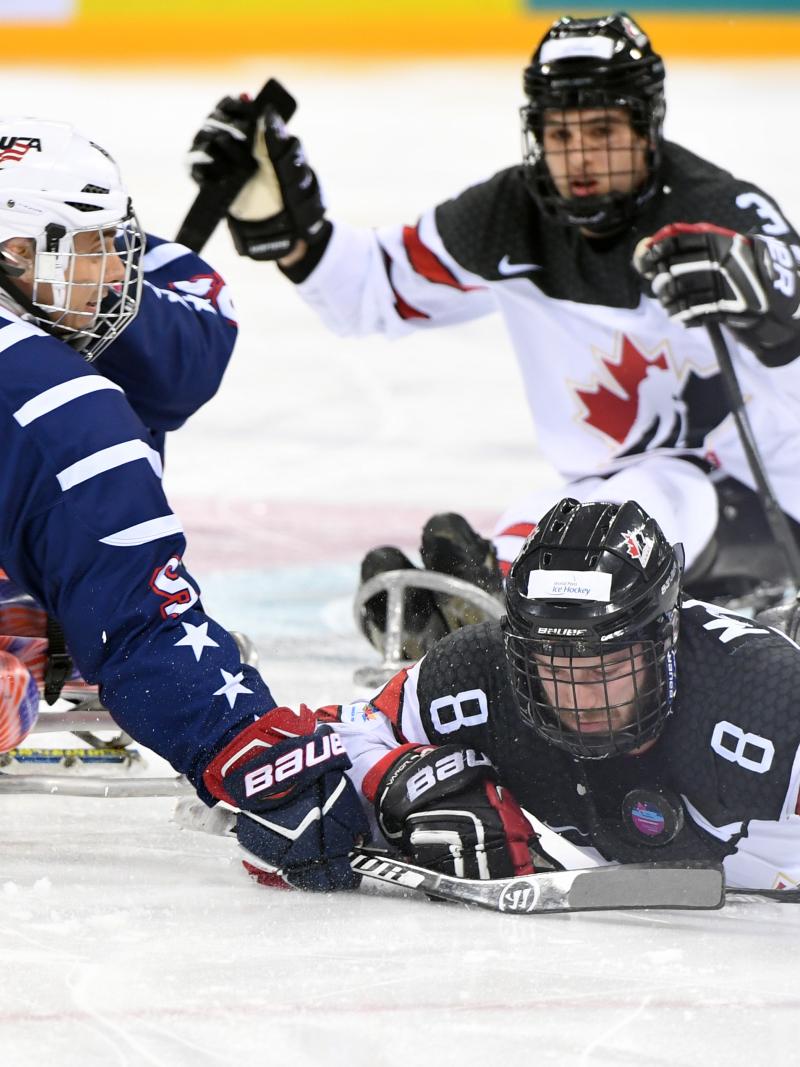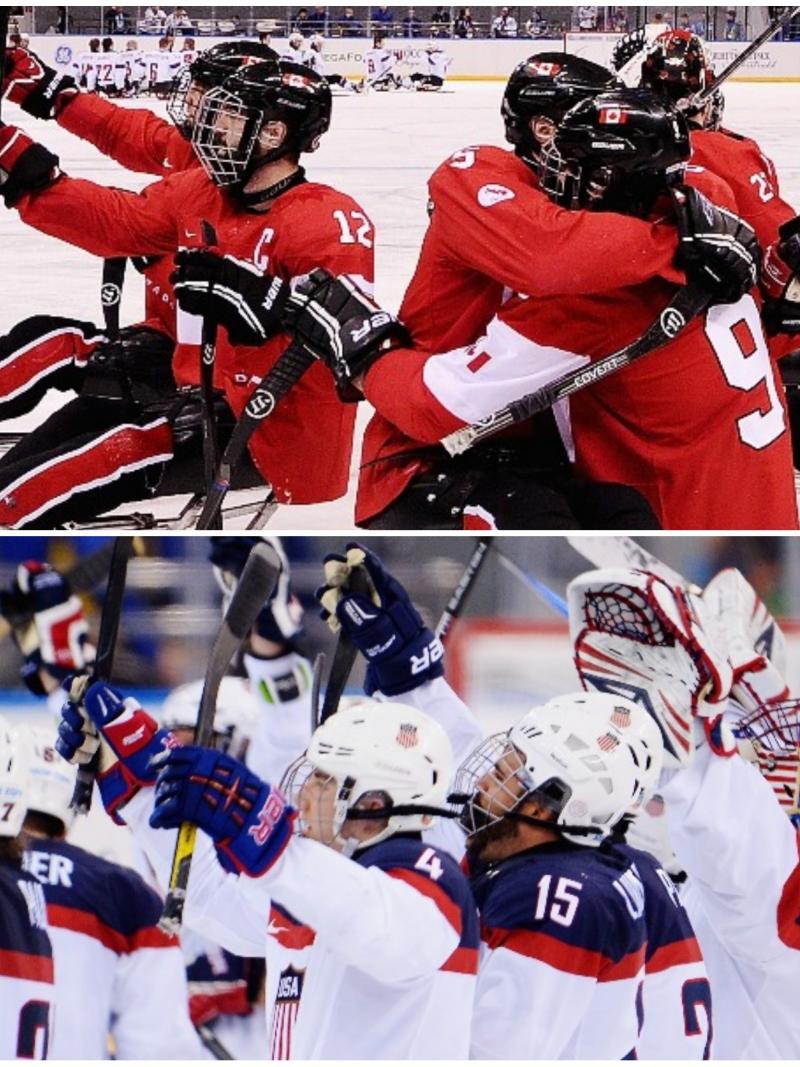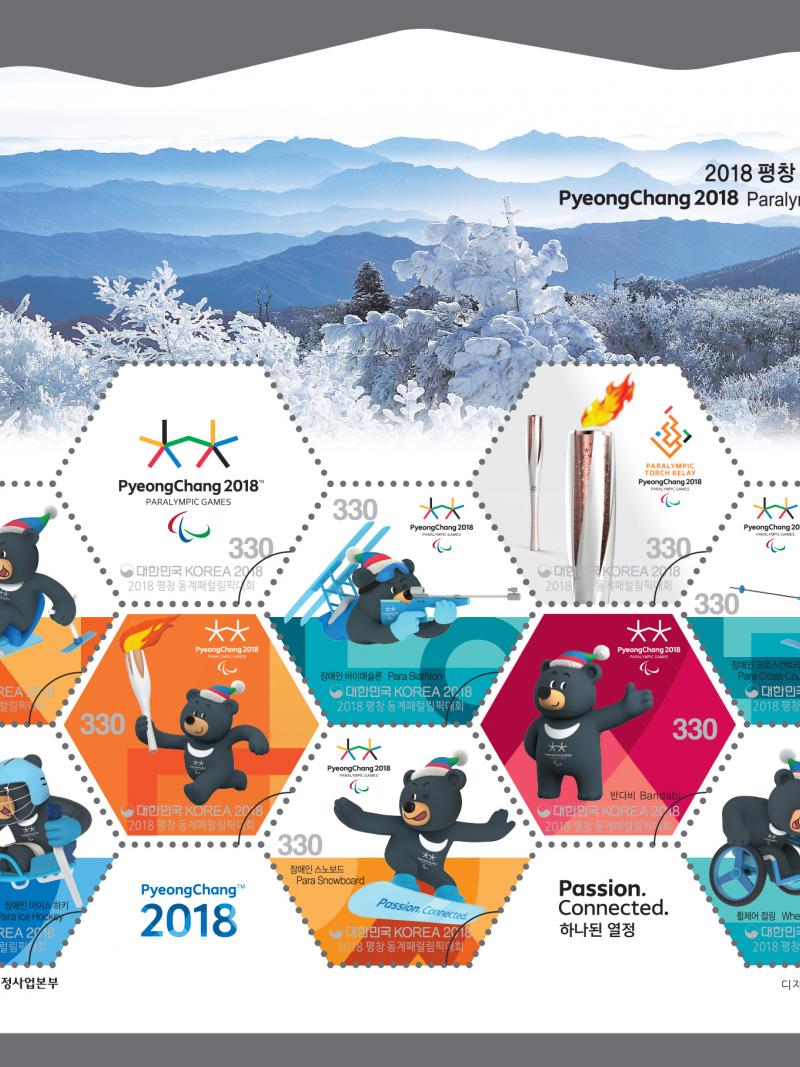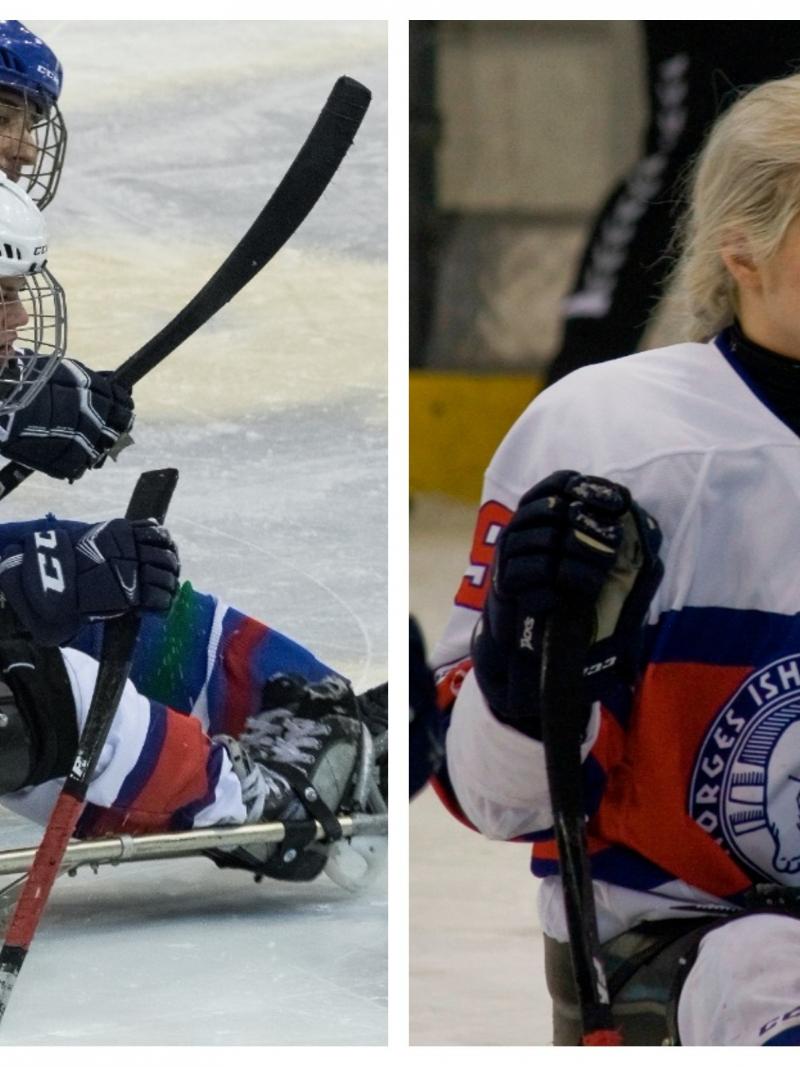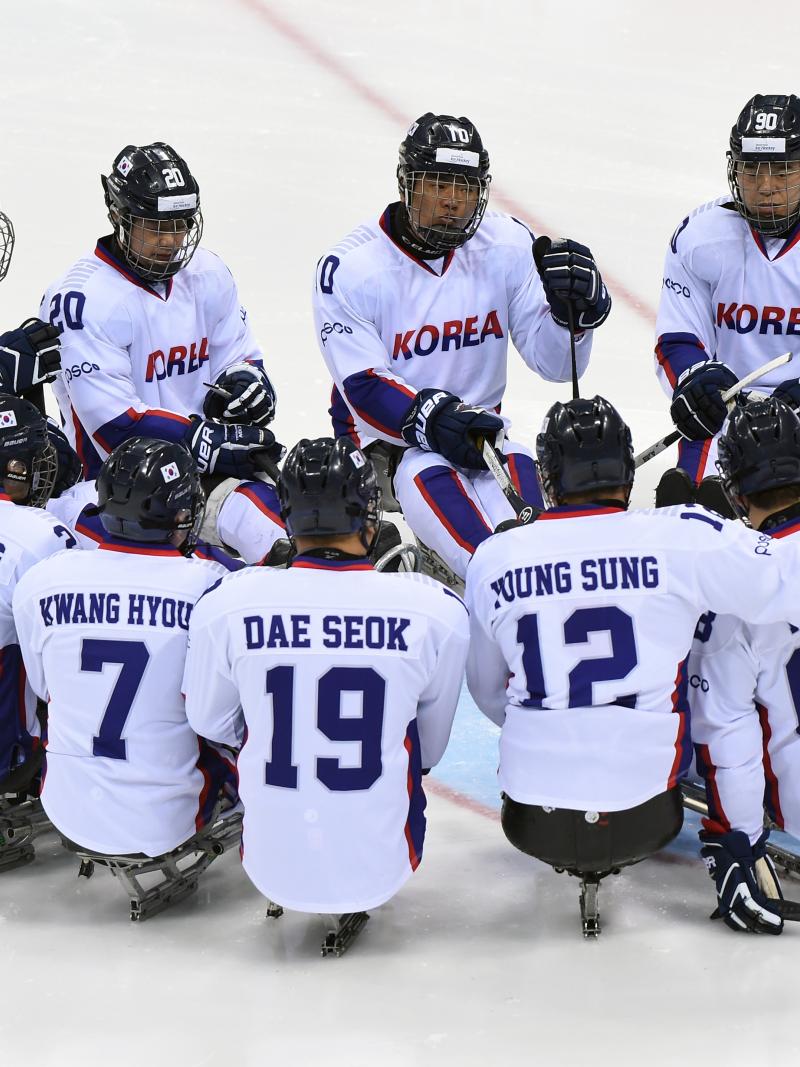PyeongChang 2018 Sport Week: Classification in Para ice hockey
Athletes competing in the sport have an impairment in the lower limbs 03 Feb 2018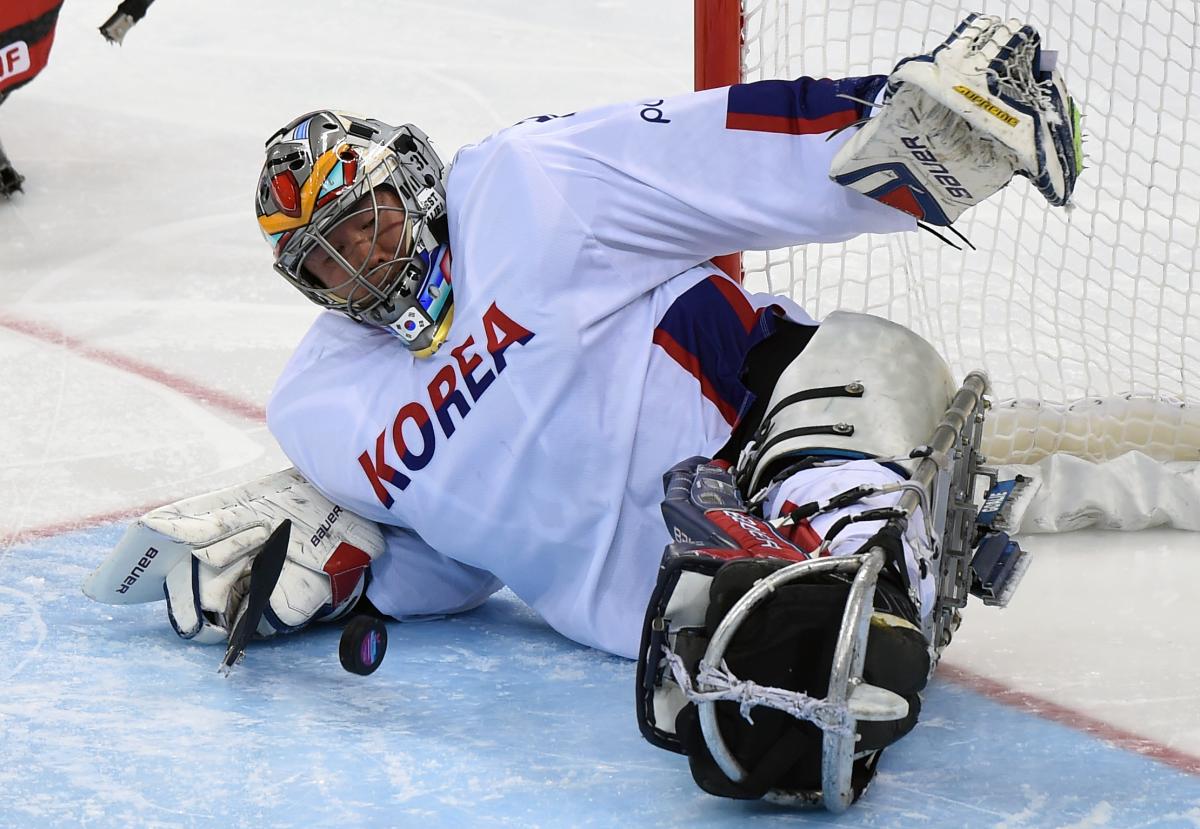
For the final part of the International Paralympic Committee’s Para ice hockey Sport Week, it is time to take an in depth look at how classification for the sport is carried out.
Para ice hockey has one sport class, and athletes who compete in the sport have an impairment in the lower part of their body that would prevent them from competing in able-bodied ice hockey. Players, for example, have amputations affecting their legs, , coordination impairment, or a leg length difference of at least 7cm. Some players also have muscle weakness in their legs, for example due to a spinal cord injury.
All players of a team must meet the impairment criteria to compete in the sport, so that the impact of impairment on the competition outcome is minimised.
Athletes with these impairments are eligible to compete in Para ice hockey:
• Impaired muscle power
• Limb deficiency
• Leg length difference
• Hypertonia
• Ataxia
• Athetosis
• Impaired passive range of movement





